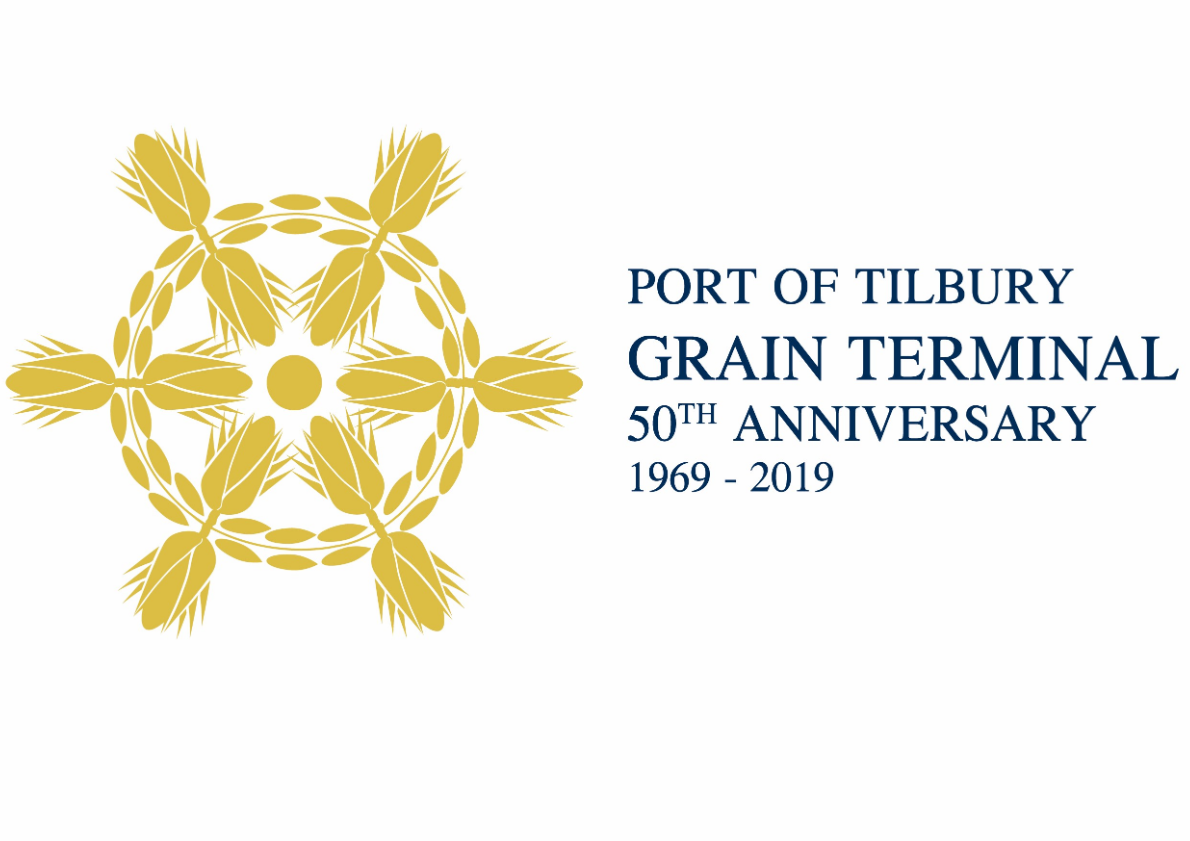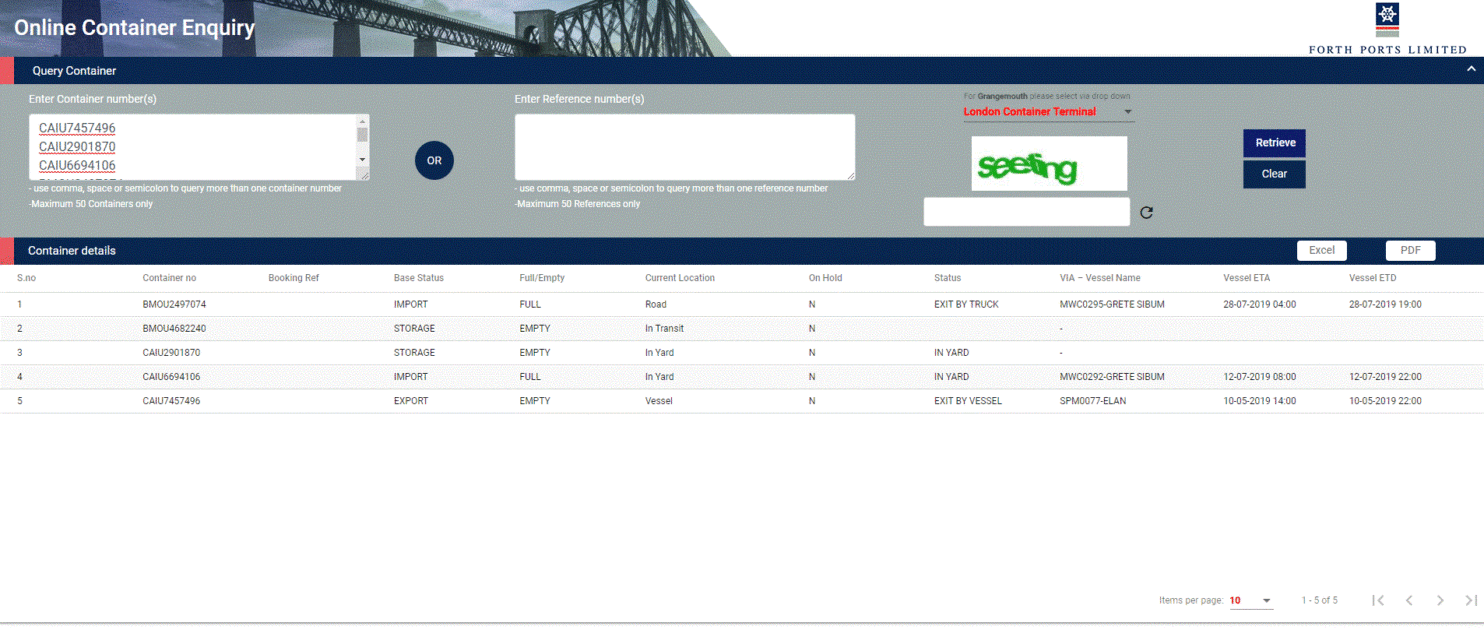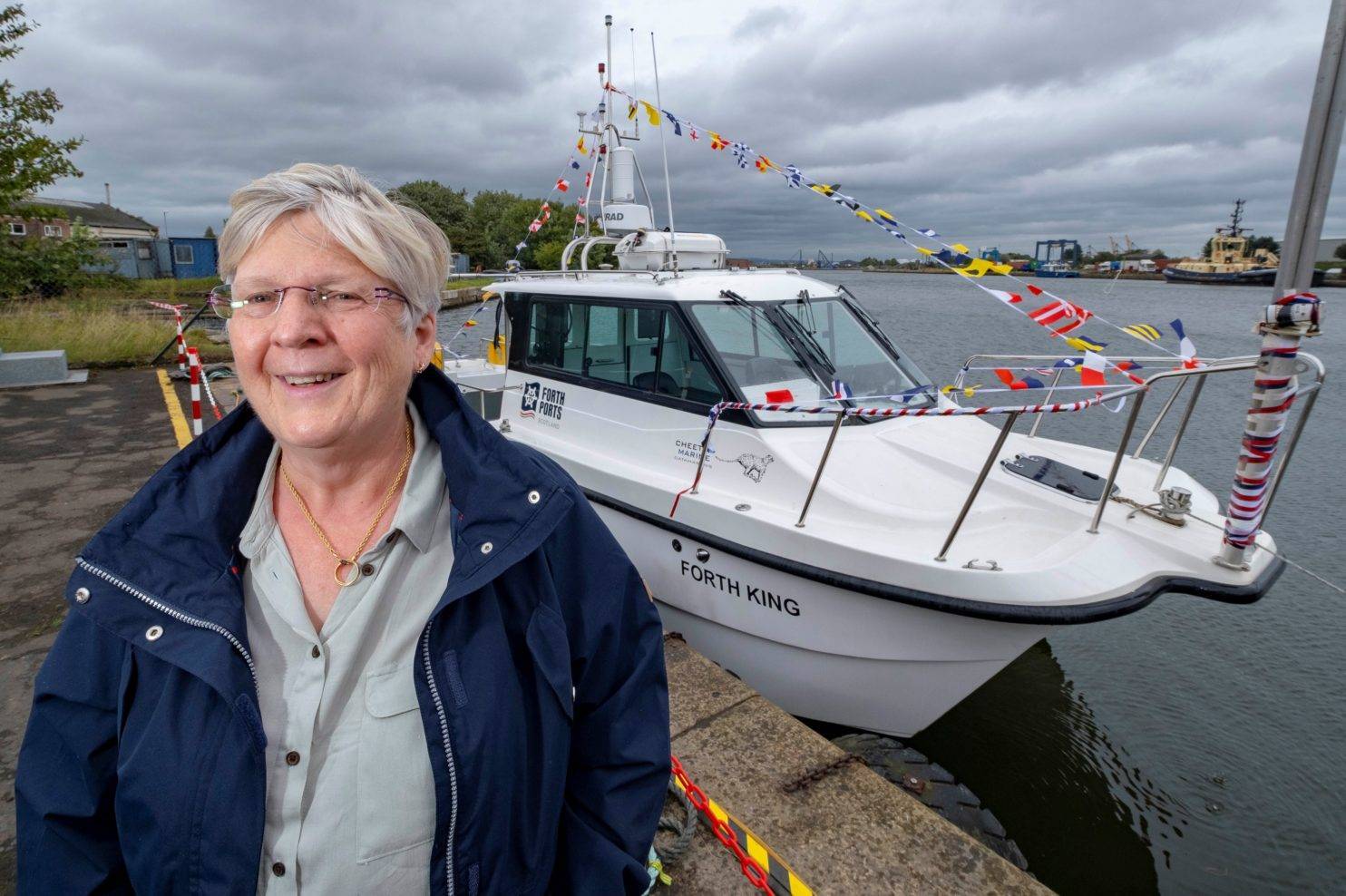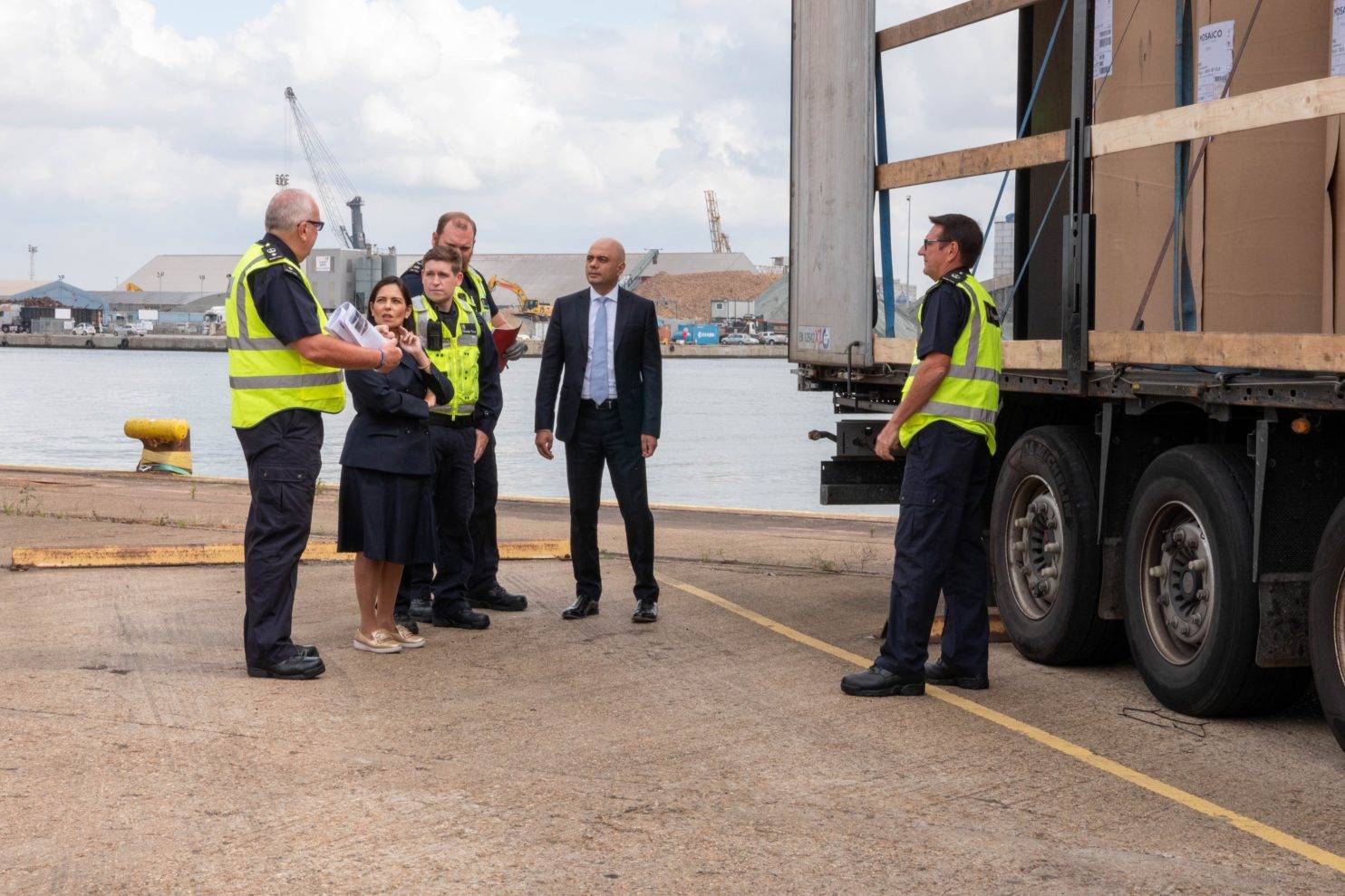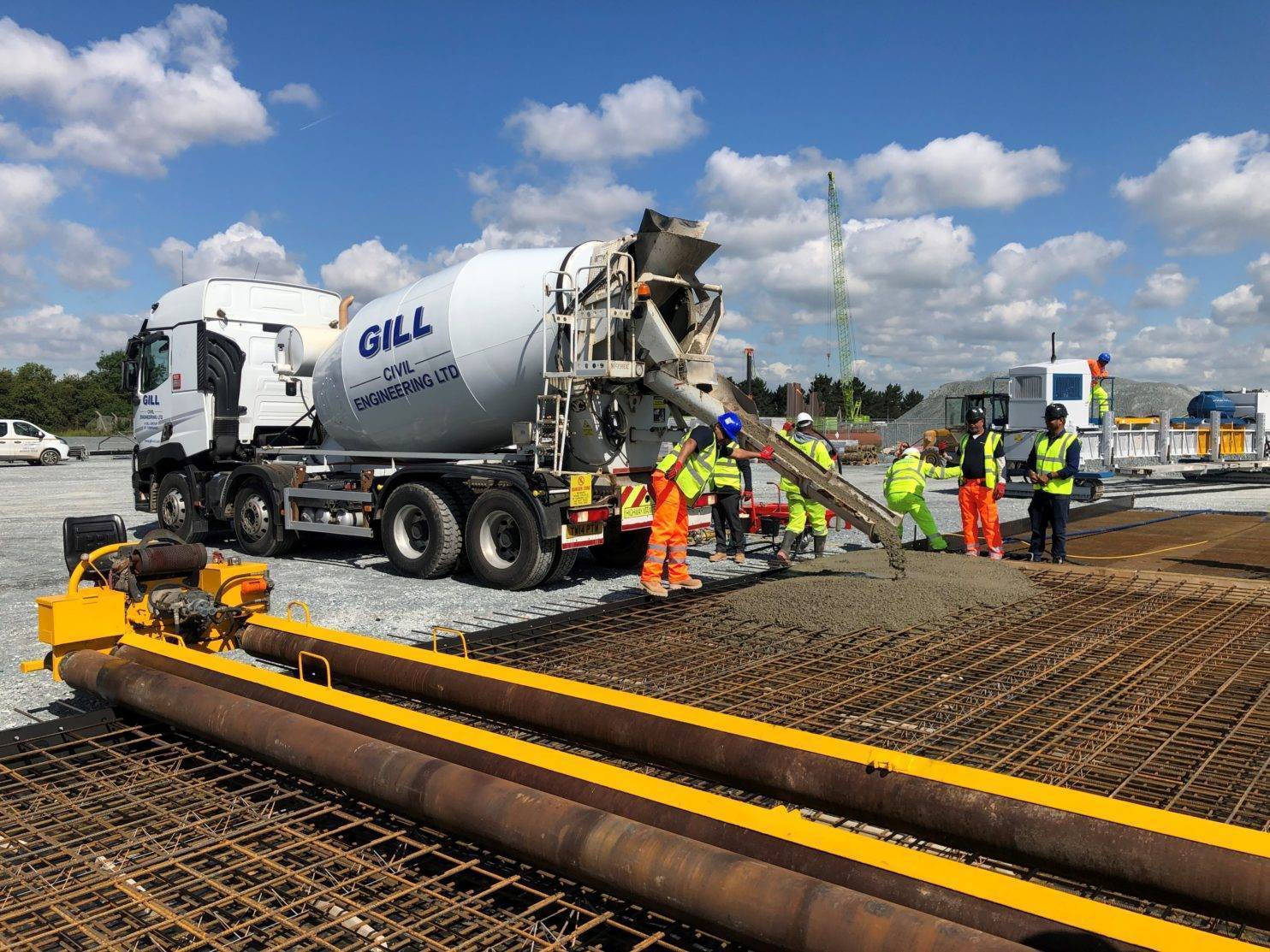UK's first eco hopper arrives at the Port of Rosyth
Thursday 19th September 2019
The Port of Rosyth welcomed their new SAMSON ecological hopper into the port for commissioning. The hopper is the first of its kind in the UK and will be a key component of the port’s new agri-bulk hub facility for Cefetra.
Forth Ports owns and manages eight commercial ports across the UK including the Port of Rosyth which is strategically located for road and rail and provides an important connection with mainland Europe and the UK. The Port of Rosyth is currently in an exciting phase of development with a multimillion pound investment to provide a dedicated agri-bulk facility for Cefetra. The new terminal and improved storage facilities will deliver increased annual throughput and storage capacity positioning Rosyth as the main agri-hub for Scotland.
In developing this new agri-hub the safety of staff and protection of the environment is paramount. Forth Ports chose a SAMSON Eco Hopper to receive dry bulk materials as it offers a high and reliable import capacity whilst minimising the escape of dust and it is equipped with a host of safety measures to ensure effective and safe performance.
The new SAMSON Eco Hopper arrived at the Port of Rosyth earlier this month and it will now be installed and commissioned to receive dry bulk materials such as grain and aggregates.
“We are very pleased and excited to be working with such an important and respected Port Operator as Forth Ports and to provide one of our ecological hoppers for their new agri-bulk terminal project at Rosyth” says Dale Lockley, Managing Director of SAMSON Materials Handling. “The Forth Ports Group has considerable experience with the SAMSON range of equipment as there is already SAMSON ship loading and stockpiling equipment operating at their other ports, but this is the first Eco Hopper at Forth Ports, indeed the first SAMSON Eco Hopper in the UK”
Commenting on the hopper in Rosyth, Derek Knox, Senior Port Manager said: “It’s great to welcome the new SAMSON eco hopper into Rosyth. We are investing in our port to ensure the most efficient, dust free agri-hub for Cefetra as well as other bulk customers. We look forward to using the hopper on the next grain shipment due into the port in September. We have a strong relationship with SAMSON and have had a great experience with their market leading equipment.”
Operation of the SAMSON Eco Hopper is straightforward. As dry bulk materials such as grain arrive by sea they are offloaded into the hoppers using mobile harbour cranes. At a little over 18m in height and made of reinforced steel the Eco Hopper provides a sturdy and solid reception unit. The Eco Hopper is topped by a tapered inlet shroud which minimises any dust generation caused by cross winds. As the crane grab discharges the load, dust filter units situated on three sides of the hopper will keep any fugitive dust from spreading. The grain then falls through the “Flex-Flap” dust seal system which contains any further dust. Material is discharged from the hopper via a dual outlet fitted with two telescopic cascade discharge chutes. This allows a single truck to be loaded by two chutes simultaneously thus increasing the average loading speed. Material passes through the SAMSON Eco Hopper at a peak rate of 1200 tph. The unit is wheel mounted which allows it to be positioned across the port in different locations as required and to be moved clear to allow other port operations to continue when not in use.
The SAMSON Eco Hopper benefits from a variety of safety measures: a storm anchor system (comprising of chains, shackles and attachments to secure the equipment during high winds), ready-to-load traffic lights and sounders, working lighting and safety overload protection. The operators’ cabin is climate controlled and provides a 360 degree view of the operation while accessing all controls. There is also a hand-held pendant operator remote control unit.
Forth Ports Rosyth is the first UK port to install a SAMSON Eco Hopper to provide dust controlled import facilities for its new agri-hub.



